Hiking Gear Essentials
Everyone is different and the hiking gear should be adapted to your needs. If you´re beginning to start with trekking or walking along trails a good advice is to join people who are experienced with hiking. If you don´t know where to start what is essential, necessary or useful you might end up spending a lot of money for nothing at all.
Congratulation if you´ve accomplished a long distance walk. Then you know what I´m talking about. Nevertheless you might find some useful information in our articles. We don´t sell anything here or advertise any products. The following list is based on our walks over the last two years.
Hiking Tips and Experience in Alphabetical Order: Click here
The most important hiking gear: OUR Big Four
We all know there is a wide range of different needs and preferences. Experience makes it all!
Backpack
The backpack is one of the top gear essentials! Of course you need a backpack which suits you. Female or male is the first question. Second the volume 40l, 60l or more? Over the last years the types and brands are just exploding. A good shop assistent can help you finding the type you need. Don´t worry you can´t make a big mistake. The backpacks for a long distance walk created by Osprey, Vaude, North Face or Fjäll Raven are all recomended. There are small differences in weight, material or special functions.

Osprey AURA AG LT 65
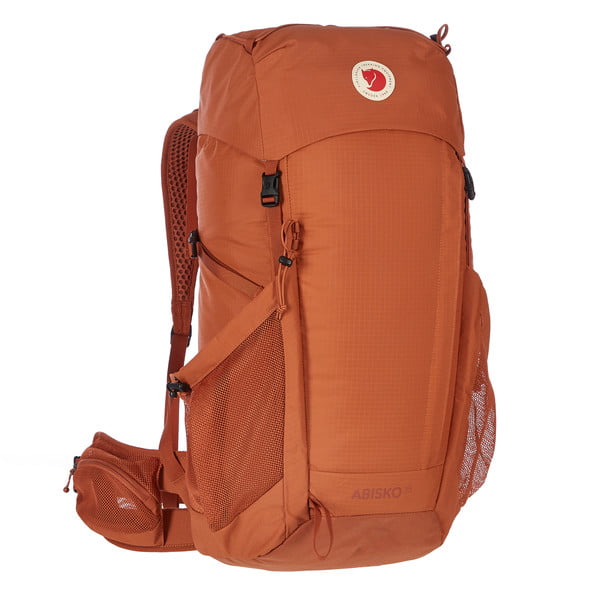
Fjallraven-ABISKO-HIKE-35
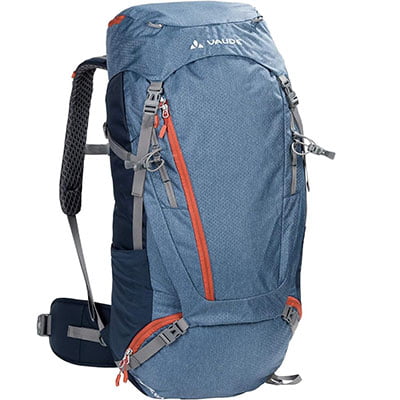
Vaude-Asymmetric-52-8
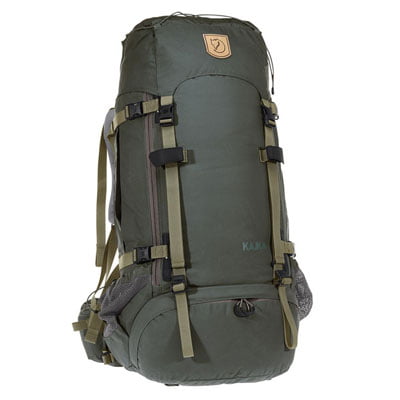
Vaude-Asymmetric-52-8
We have the 65+ models for the larger tours. We enjoy our smaller models for most tours. On the one hand the “Vaude – Asymmetric 52 + 8 – touring backpack” and the “Fjällräven ABISKO HIKE 35 Unisex – touring backpack”. The result of the smaller ones is that you don’t even stuff too much!
Sleeping Bag
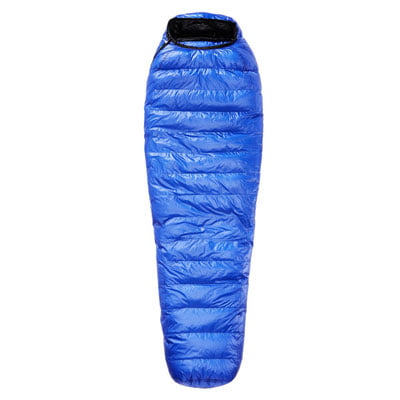
Ultralite western mountaineering
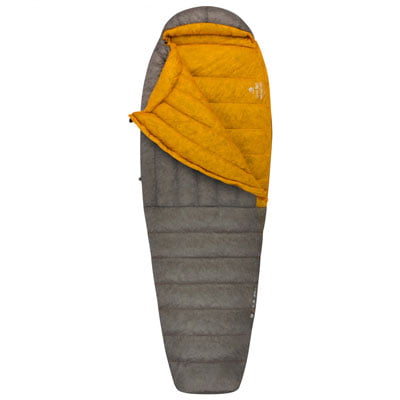
Sea to Summit Spark-II

Highlight Absolut 0
If you have frozen your first night outdoors, you will appreciate a suitable sleeping bag. It goes without saying that there are specifically women and men models. In our opinion it is advisable to choose the slightly larger model. If the sleeping bag is too short, you cannot protect your head properly or you have to bend your legs.
The next question relates to the area of application and the season. A three-season sleeping bag is a solid basic equipment. For high alpine use or a winter bivouac, a well-insulating sleeping bag should be used. For a light, well-warming down sleeping bag, you can quickly spend € 500 and more.
This brings us to the basic question of whether it should be a down or synthetic sleeping bag. We use a down sleeping bag with a lower silicone coating. The advantage is clearly the very small and lighter packing volume compared to the synthetic version. This plays a crucial role in your hiking equipment. The heat insulation is extremely fast. However, the down sleeping bag should not be exposed to excessive moisture. We always pack the sleeping bag in a waterproof packing bag (e.g. from sea to summit).
Tent
Tents for long distance walks should fullfill several aspects like lightweight, simple in use, robust materials, rain-wind-snow protection. Depending on the purpose of your trip you´re looking for a one, two or three person tent. Expedition tents have more space in generell. These types are often much more epensive and build for special purposes.
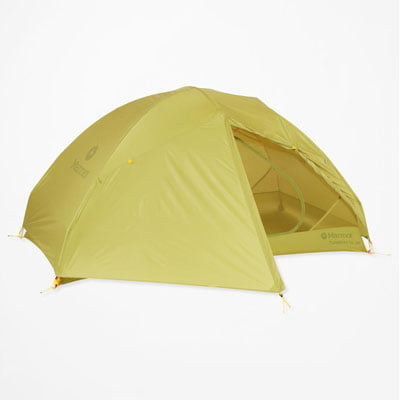
Marmot Tungsten UL 2P Weight: 1500g 2-3 season tent, free standing
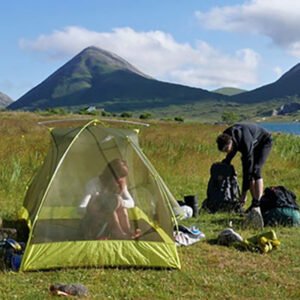
Marmot Tungsten UL 2P set up in Scotland.
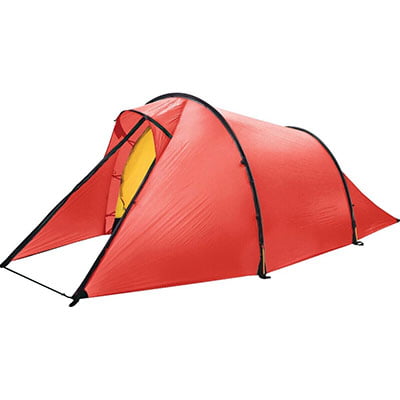
Hilleberg Nallo-2 Weight: 2000g 4 season tent, non free standing

Hilleberg Nallo-2 set up in Iceland.
What kind of tent do you need?
We have been searching for a longer period to find the right home for us. The following thoughts worked as a guideline:
– The weight should be less than 2kg
– maximum space for 2 persons, not nessecary for the equiepment
– 3-4 season tent
– freestanding
– double wall
– affordable (up to 500€)
Finally we decided us for the “Marmot Tungsten 2p ul”
This tent is in use for already two years. It served us well in all kind of weather and site conditions. If you´re spending much time under snow conditions this might not be the right one because it has no snow flaps. It´s perfect for hiking in rough stony terrain, it doesn´t need “sticks”, it´s freestanding and needs little space.
We stuff the backpacks under the two apsiden. Put some flat stones, branches or walking poles beneath it in case of rain. Until now it worked well and everthing stayed dry.
For rough tours we take our Hilleberg Nallo 2. This hiking gear is just outstandig. Hilleberg is top level. No matter what kind of rain, storm or snow! One disadvantage has to be named: It is a non free standing tent.
Hiking boots
There are so many discussions about hiking shoes. If you search for hiking boots on the Internet, you quickly lose track of them. What is your goal? Maybe it is a rocky mountain with snow fields? Do you have to wear crampons? You can find hiking shoes in categories A, B, C, D. If you walk around on ordinary hiking trails, category B-C is a good choice. In high altitude with snow and ice (crampons) you definitely need C or C-D.
Depending on the application, you can choose loafers or with a shaft. Full leather or synthetic, everything has its advantages. With or without GoreTex. I don’t like it that way, because the sweating effect increases a lot.
Take your time to choose the right one! That’s why I searched for a long time and found the right one after more than two months. I went to several outdoor stores, ordered some boots, tried them on and checked them until they fit. Claudia and I have been walking without blisters in our hiking boots for three years allready! So take your time choosing. Don’t let the sellers persuade you.
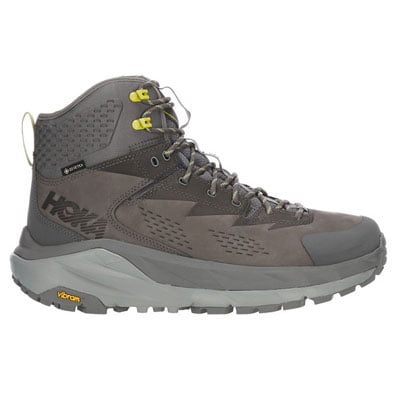
Hoka one one Kaha
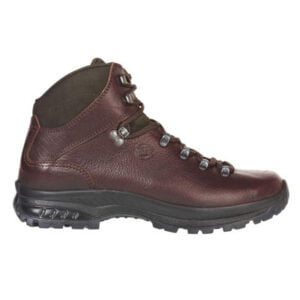
Waxenstein Bio Hanwag
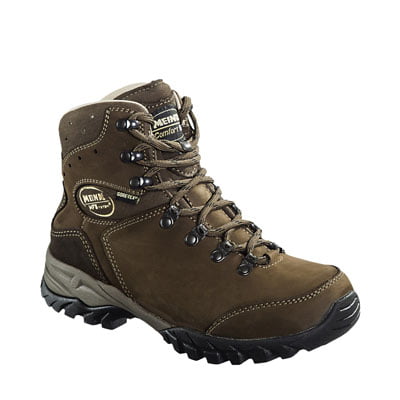
Meindl Comfort fit
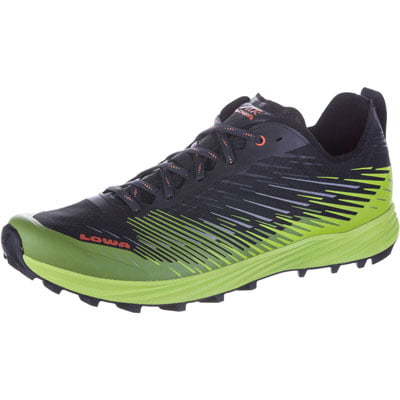
Lowa-Citux
More hiking gear: Accessories and Clothing
- Hiking poles: Leki – Carbonlite XL
- Hardshell Jacket: Norrona M BITIHORN SUPERLIGHT DOWN900
- Trouthers: Norrøna – Trollveggen Flex1 Pants
- Headlamp
- Garmin eTrex 32x (141g)
- Merino-Underwear (z.B. Ice-breaker)
- Socks (z.B. X-Socks)
- Crampons (ultraleicht)
- Down Jacket: Norrona M BITIHORN SUPERLIGHT DOWN900
- Stove MSR Reactor 1L (434g) super efficient
- Hiking Skirt: North Face
- Solarpannel u. Powerbank: Solarlader Base9 + Powerbank mit 5Ah
- Camera gear: IPhone8, Camera Panasonic GH5 , GoPro Hero11 ,
- Tripod Lammcou (280g)
- Waterproof bag: Sea to Summit (different size)
- Sleeping pad: Therm-a-Rest – ProLite Plus
- Footprint: Exped Doublemat Evazote


